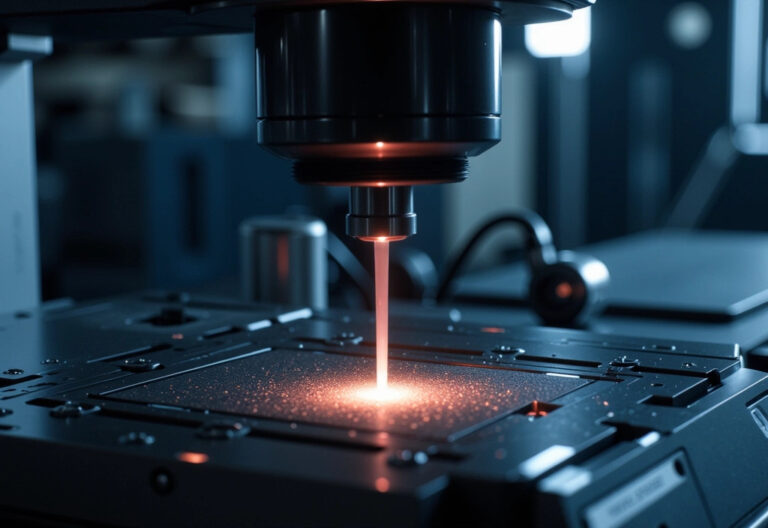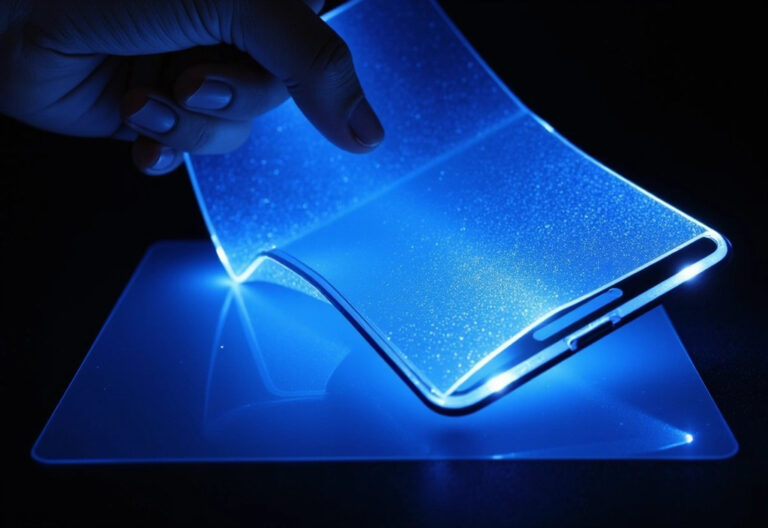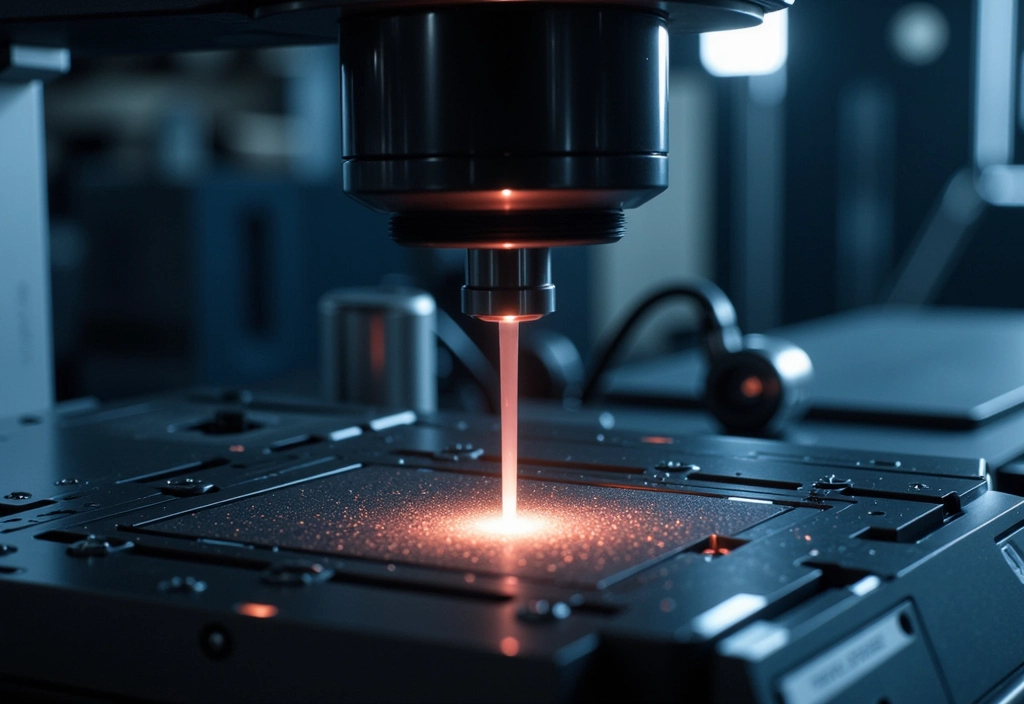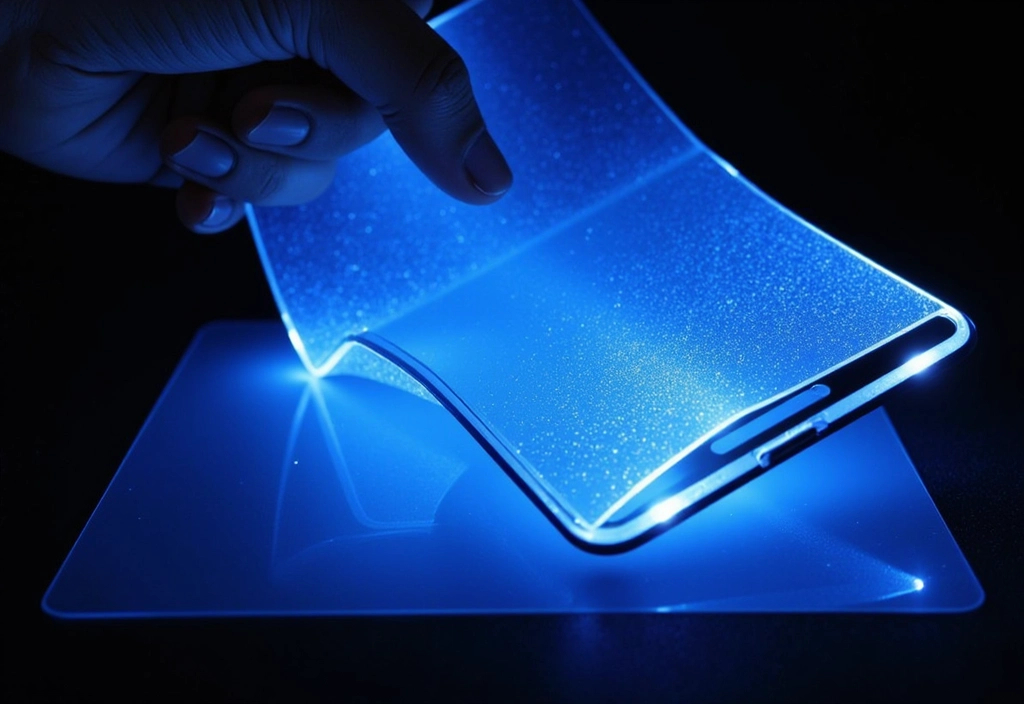Quantum sensing and microscopy are at the forefront of scientific innovation, leveraging the principles of quantum mechanics to achieve unprecedented precision in measurement and imaging. These technologies are transforming fields ranging from biomedical research to materials science, offering capabilities far beyond those of classical methods.
What is Quantum Sensing?
Quantum sensing utilizes quantum phenomena such as superposition, entanglement, and coherence to detect minute changes in physical quantities with exceptional sensitivity. Unlike classical sensors that rely on large collections of atoms or particles, quantum sensors extract information from individual atoms or particles. This approach allows them to overcome limitations like electromagnetic interference and noise constraints, enabling measurements at the atomic or subatomic scale.
Key Applications of Quantum Sensing
- Biomedical Imaging: Quantum sensors can detect magnetic fields with nanoscale resolution, aiding in brain imaging, single-cell spectroscopy, and studying neuronal circuits.
- Navigation and Mapping: Quantum gyroscopes and gravimeters enhance GPS-denied navigation and underground mapping.
- Material Science: These sensors provide insights into thin-film compositions and catalysts at molecular levels.
- Consumer Electronics: Integration into devices for improved precision in measurements.
Quantum Microscopy: A Paradigm Shift in Imaging
Quantum microscopy combines quantum sensing with optical imaging techniques to visualize structures at microscopic scales. By converting quantum signals into optical signals using advanced sensors like nitrogen-vacancy (NV) centers in diamonds, researchers can achieve resolutions as fine as ten-millionths of a meter.
Breakthroughs in Quantum Microscopy
- Nuclear Spin Microscopy: Developed by researchers at the Technical University of Munich (TUM), this technique uses quantum sensors to visualize nuclear magnetic resonance signals. It enables high-resolution imaging of individual cells, paving the way for advancements in oncology and pharmaceuticals.
- Diamond-Based Sensors: Specially engineered diamond chips act as quantum sensors, converting magnetic resonance data into fluorescent signals captured by cameras. This technology offers detailed views of cellular structures and chemical compositions.
- Low-Light Imaging: Quantum microscopes utilize entangled photons for ultra-low intensity illumination, reducing photo damage while delivering high-contrast images. This innovation is particularly beneficial for studying delicate biological samples.
Advantages Over Classical Techniques
Quantum sensing and microscopy surpass classical methods by overcoming fundamental limits such as shot noise and diffraction limits:
- Enhanced Sensitivity: Quantum states allow detection of extremely weak signals that classical sensors cannot measure.
- Improved Resolution: Techniques like quantum image scanning microscopy (Q-ISM) achieve resolutions up to four times beyond the diffraction limit.
- Non-Invasive Imaging: Ultra-low light intensity reduces damage to biological samples while maintaining image quality.
Future Prospects
The potential applications of quantum sensing and microscopy are vast:
- Biomedical Research: From single-cell analysis to studying temperature-dependent biological processes using nanodiamonds.
- Materials Engineering: Detailed imaging for nanotechnology development.
- Quantum Computing Synergy: Integration with quantum computing technologies for enhanced performance.
As these technologies continue to evolve, their impact on science, medicine, and industry will be transformative. With advancements like hBN-based quantum microscopes and machine learning-enhanced image processing, quantum sensing and microscopy are set to redefine precision measurement and imaging capabilities.
Conclusion
Quantum sensing and microscopy represent a leap forward in scientific exploration. By harnessing the unique properties of quantum mechanics, these technologies are unlocking new possibilities across diverse fields. As research progresses, their applications will expand further, driving innovation in areas critical to human advancement.
Check out the cool NewsWade youtube video about this article!
Derived from:
- Technical University of Munich. (2020, September 9). A completely new type of microscopy based on quantum sensors. ScienceDaily. Retrieved from https://www.sciencedaily.com/releases/2020/09/200909103659.htm
- Casacio, C. A., Li, M., Madsen, L. S., Taylor, M. A., & Bowen, W. P. (2021). Quantum microscopy of cells at the Heisenberg limit. Nature Communications, 12(1), 1–7. https://doi.org/10.1038/s41467-021-21456-7
- Gross, I., Akhtar, W., Garcia, V., Martínez, L. J., Chouaieb, S., Garcia, K., Carretero, C., Barthélémy, A., Kim, J.-V., Appel, P., Maletinsky, P., & Jacques, V. (2017). Real-space imaging of non-collinear antiferromagnetic order with a single-spin magnetometer. Nature, 549(7671), 252–256. https://doi.org/10.1038/nature23656
- Barry, J. F., Turner, M. J., Schloss, J. M., Glenn, D. R., Song, Y., Lukin, M. D., Park, H., & Walsworth, R. L. (2020). Sensitivity optimization for NV-diamond magnetometry. Reviews of Modern Physics, 92(1), 015004. https://doi.org/10.1103/RevModPhys.92.015004
- Gottscholl, A., Diez, M., Soltamov, V., Kasper, C., Sperlich, A., Krauße, D., … & Dyakonov, V. (2020). Room temperature coherent control of spin defects in hexagonal boron nitride. Nature Materials, 19(5), 540–545. https://doi.org/10.1038/s41563-020-0619-6
- Taylor, M. A., & Bowen, W. P. (2016). Quantum metrology and its application in biology and medicine. Physics Reports, 615, 1–59. https://doi.org/10.1016/j.physrep.2015.12.002
















